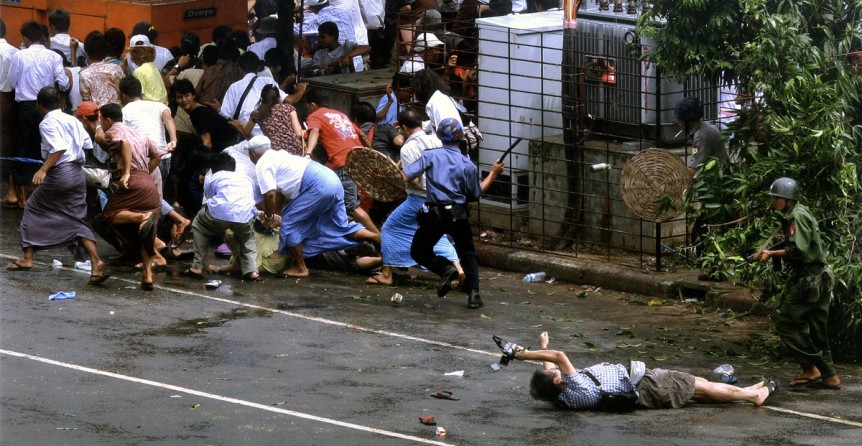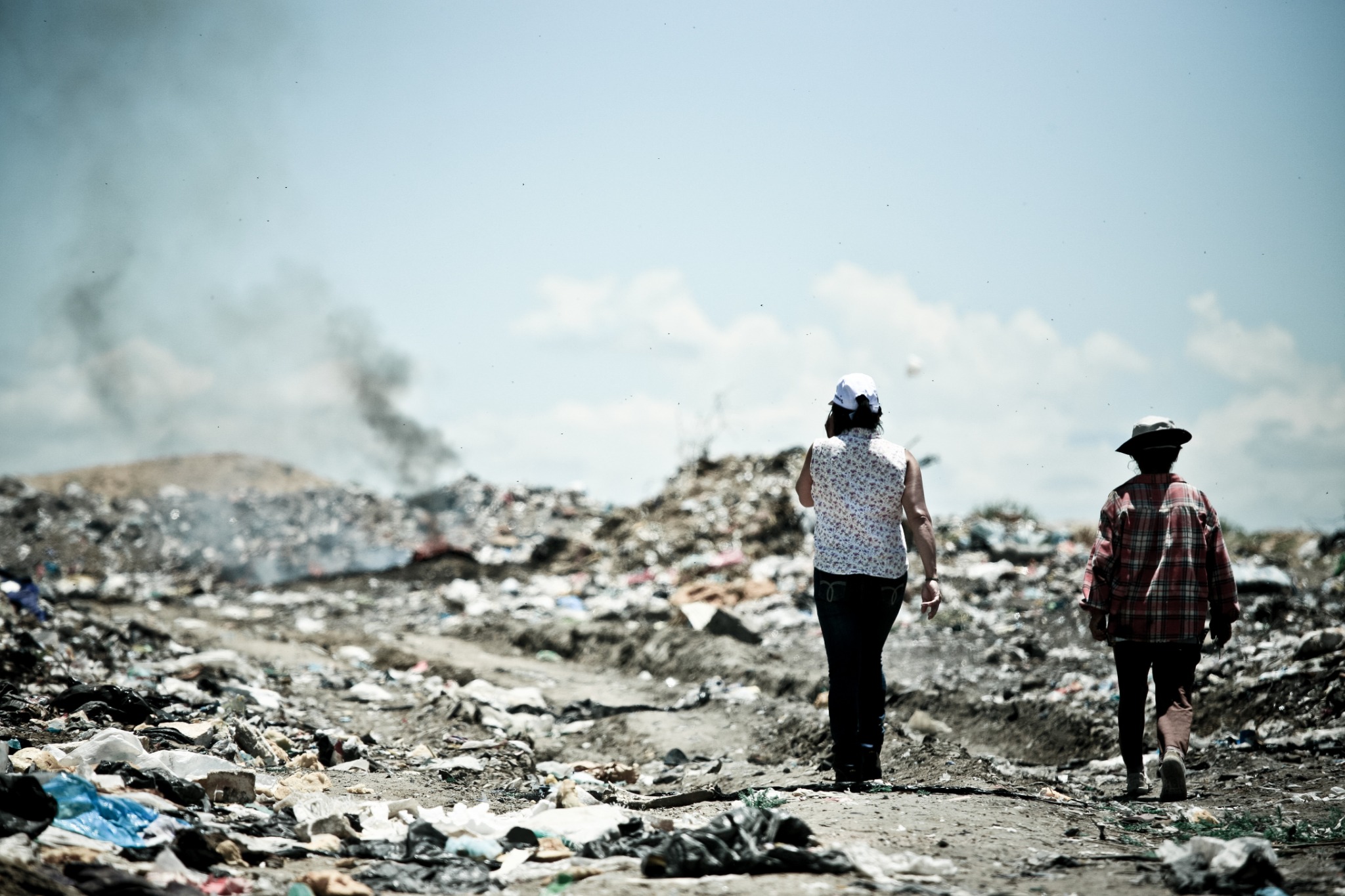War correspondents risk their lives every day on the frontlines of war and conflict, but the ISIS violence in Syria has become so dangerous that major news organizations including Reuters have stopped assigning reporters on-the-ground for the time being.
Journalists are hence tasked with finding new inroads into decoding the unfolding chaos in the Islamic state. For Wall Street Journal video journalist Reem Makhoul, this meant months of lead generation to find credible sources using Skype, Google Maps and other technologies, verifying their identity and interviewing numerous sources whose identities had to be kept anonymous.
Her recent interview with anti-ISIS activist Abu Ibrahim al-Raqqawi (name changed for anonymity) spotlighted the work of his guerrilla group, ‘Raqqa is Being Slaughtered Silently.’ Relying mostly on a cell phone camera, he documents ISIS executions and other violent jihadist activity in a bid to overturn the militant group from the inside out.
“I had been in touch with him for months and before we interviewed him we had to verify his story, that he is really from Raqqa and is who he says he is,” Makhoul said in a recent panel discussion, 'Crisis Reporting in a Volatile World' at Baruch College, The City University of New York.
Also in attendance were Pulitzer Prize-winning photojournalist Adrees Latif from Reuters and The New York Times’ metro reporter Stephen Farrell, who regaled the day-to-day experience of risking it all for the perfectly-timed photograph or exclusive story.

Latif won a 2008 Pulitzer Prize for the above photo, showing wounded Japanese photographer, Kenji Nagai, lying before a Burmese soldier in Yangon, Myanmar, as troops attacked protesters.
For Farrell, his most fail-safe tool on the field is his senses.
“If you close your eyes and just wait for a minute or two, you can suddenly pick up sounds and smells and you just sense the place in a different way,” he says.
While reporting in Iraq in 2003 shortly before American troops arrived in Baghdad, Farrell remembers detecting a noxious smell in the air – a harbinger of burning oil which the Iraqis had ignited to deflect American bomber planes. Farrell used this powerful imagery in his report, writing: “The war is so close you can smell it.”
Needless to say, warzone reporting is an assail on the senses, the psyche and the stamina, and is fraught with split-second, life-or-death decisions. Latif advises aspiring war correspondents to wet their feet by covering street protests to develop a comfort level with conflict.
“See how it feels to hike or walk for two, three or four hours and see how your body reacts to it. Take it one step at a time. Half of it is knowing yourself and how you’re going to react.”
With social media gaining impetus as a reporting tool, news organizations increasingly look to citizen journalism in the immediacy of breaking news.
Referring to a recent collision between a Metro-North train and an SUV in Valhalla, White Plains, Farell says: “The best footage that came out was people getting off the train and just videoing the scene as they walked down the tracks to safety."
When news organizations solicit photos and footage from social media users for their reporting, it comes with a newfangled responsibility to verify the source.
“A lot of what we do now is about verification, collating it, curating it, checking it, getting names of people, witnesses off those images," Farell continued. "Hours one and two [after the incident] are almost always dominated by citizen media.”
Even when user-generated footage doesn’t air, it helps journalists reporting on breaking news pinpoint the incident and location of, say, an accident or natural disaster.
As for the bodily dangers of crisis reporting? The panel brimmed with stories - from Makhoul’s experience of a missile falling just a few feet shy of her car to Farrell’s being detained by Libyan rebels while trying to cross a government checkpoint at Ajdabiya.
“As we drove up to the checkpoint the rebels we’d been with seconds before opened fire so we were caught in the middle of a hail of bullets,” he recounts.
For Latif, medical training in CPR and first aid, as well as a closet filled with protective gear, have proven indispensable.
“I have a basement room and from left to right it’s all organized for different weather, different desert and tropical forest conditions, jackets, different types of socks, helmets, you name it.”

